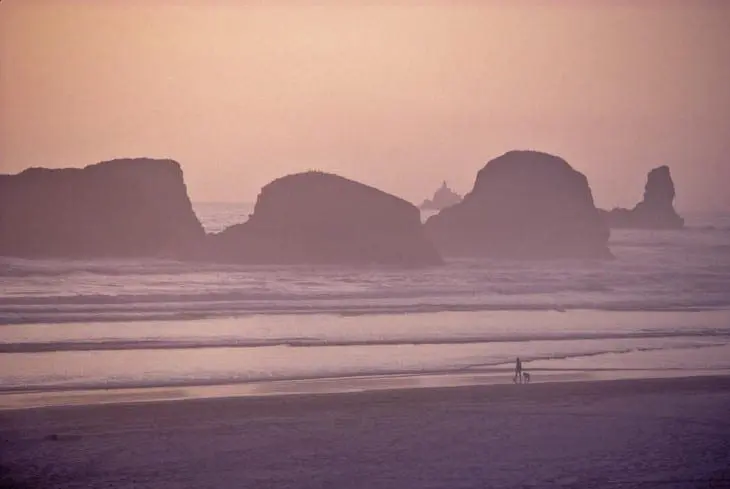Sunset Over Sunrise

0
false
18 pt
18 pt
0
0
false
false
false
/* Style Definitions */
table.MsoNormalTable
{mso-style-name:”Table Normal”;
mso-tstyle-rowband-size:0;
mso-tstyle-colband-size:0;
mso-style-noshow:yes;
mso-style-parent:””;
mso-padding-alt:0in 5.4pt 0in 5.4pt;
mso-para-margin-top:0in;
mso-para-margin-right:0in;
mso-para-margin-bottom:10.0pt;
mso-para-margin-left:0in;
line-height:115%;
mso-pagination:widow-orphan;
font-size:12.0pt;
font-family:”Times New Roman”;
mso-ascii-font-family:Calibri;
mso-ascii-theme-font:minor-latin;
mso-fareast-font-family:”Times New Roman”;
mso-fareast-theme-font:minor-fareast;
mso-hansi-font-family:Calibri;
mso-hansi-theme-font:minor-latin;}
I prefer photographing sunsets to sunrises. I believe that the light in the evening is warmer and has many times more color than in the mornings. Best results are usually found when it is lightly overcast and some interesting clouds are in the sky.

© Wolfgang Kaehler
When I am looking for spot to view and photograph the sunset or sunrise, I try to place something typical of the area into the foreground. It could be a sculpture, people walking on a beach, trees, etc. This will give your photos depth. My exposure is right on the sunset and the subject in the foreground will be silhouetted.

© Wolfgang Kaehler
When shooting sunsets, I have seen that photographers pack up their gear and leave a scene too early. After the sun has gone below the horizon, wait for about 10 – 15 minutes. Have your camera on a sturdy tripod pointed towards the sunset.



